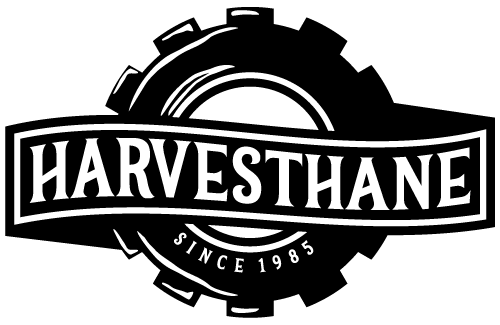How to influence base material cost on molded rubber parts
Buyers and engineers are driven to reduce overall assembly cost while maintaining product quality and longevity. The first thing on the list might be an expensive casting or fabricated housing. But also important are the rubber molded parts, such as custom molded vibration dampeners, hoses, tubes, diaphragms, boots, rollers, seals, and gaskets. Raw material is generally a fair amount of any part cost and, after design for manufacturability, is a good way to influence the part price. If done properly, it can offer long-term benefits. Seemingly easy, but often overlooked, these are some basic ways to influence the raw material cost on molded rubber parts.
Type of base polymer
The basic components of a rubber formulation are base polymer, filler, oil and curative. The base polymer typically is the largest percentage of any given formula. When choosing a material for an application, be sure to choose the lowest cost base polymer meeting application requirements. For instance, if EPDM meets the needs of the part application, use it rather than using a more expensive Polychloroprene. Seems simple, but many times if one is not familiar with the many polymers available, an “overly engineered” polymer may be specified. Share information about the part application and environment with your rubber molder during the design and quote process. They can be of assistance in choosing the most cost effective rubber base polymer.
Ratio of polymer to filler
In this instance, you need the help of your friendly rubber Chemist. There are certainly several ways to compound a rubber formula. Here the power lies with the Chemist, as he or she may be able to suggest a formula with a lower ratio of polymer to filler. Filler is typically lower in cost, and hence more filler reduces the cost of the formula. In changing this ratio, it is key that the material still process and perform well. Using a molder with an on-site Chemist gives you the advantage of their material knowledge.
Specifying only necessary properties
Properties like compression set, elongation, and tensile requirements are all good information when they are necessary requirements. Including unnecessary material properties can unintentionally place limits on the molder and Chemist, causing them to select an upgraded material formulation or alternate polymer, negatively impacting the material cost.
Limit custom “adds”
Custom additives, like slip agents including waxes and lubricants, can change the way a product performs. When critical to the application, these can be very useful. When not needed in the application, they add cost to the material. A Chemist with industry experience will be most helpful in this situation to point you in the right direction to address product performance while keeping in mind possible material savings.
Standard color
With rubber, often times the standard color is black. This is because the typical filler used is carbon black. Black, as it is often called, comes at a fair price point, offers relatively good properties and, is as the name implies, black in color. When a non-black material is needed, a colorable filler is chosen and pigment is added. Custom colors require specialized pigments which can sometimes come with a premium. When using a non-black color, work with the molder to use a standard, “house” pigment whenever possible.
The most important thing to do is to make good use of your rubber molder’s knowledge and expertise to choose the correct material. Share information regarding the part application, physical property requirements, working environment, any solvents or chemicals, operating temperatures including spike temperature, and expected part life. It is with this information the rubber molder can utilize the compounds at their disposal and engage their Chemist in developing a formula to meet the project needs.




